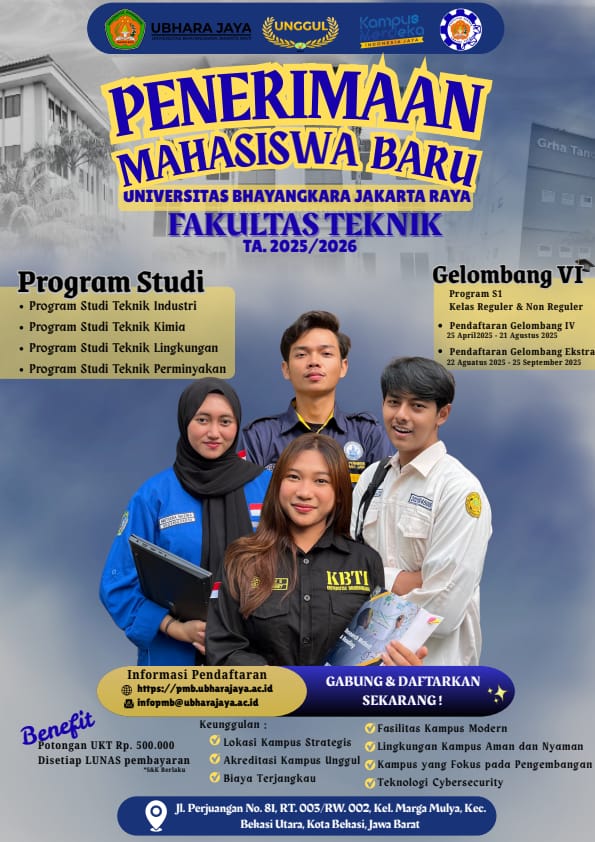Pengendalian Bahaya dan Risiko K3 Menggunakan Metode HIRADC dan FTA Pada Industri Kerupuk
DOI:
https://doi.org/10.31599/32bc5z97Keywords:
HIRADC, FTA, Hazard, Risk ControlAbstract
CV Irma is one of the traditional cracker processing industries located in the city of Bekasi. The
production process of processing these crackers is still carried out traditionally. This can cause gaps
in the occurrence of work accidents due to processes and ways of working that still use manual
processes. The purpose of this study is to provide proposals for K3 risk control to minimize the
potential dangers and risks that exist in the cracker production process. The study was conducted
using the HIRADC (Hazard Identifcation, Risk Assessment and Determining Control) and FTA (fault
tree analysis) methods to determine the root cause of a kerrja accident with a high risk value. The
results of this study were obtained to be able to reduce the risk level of the existing potential hazards,
from the high, medium, and low value risk levels from the comparison before and after control.













